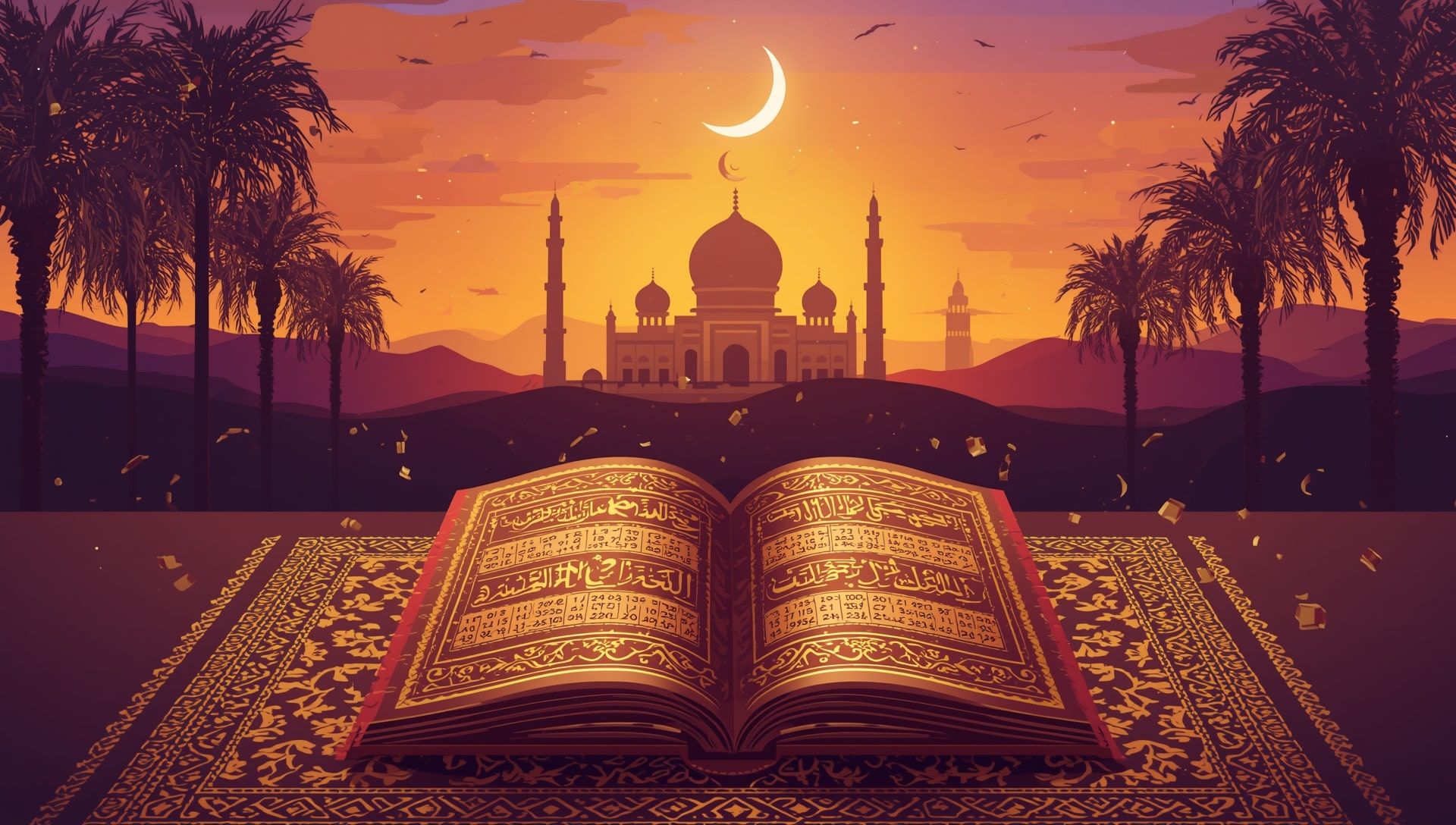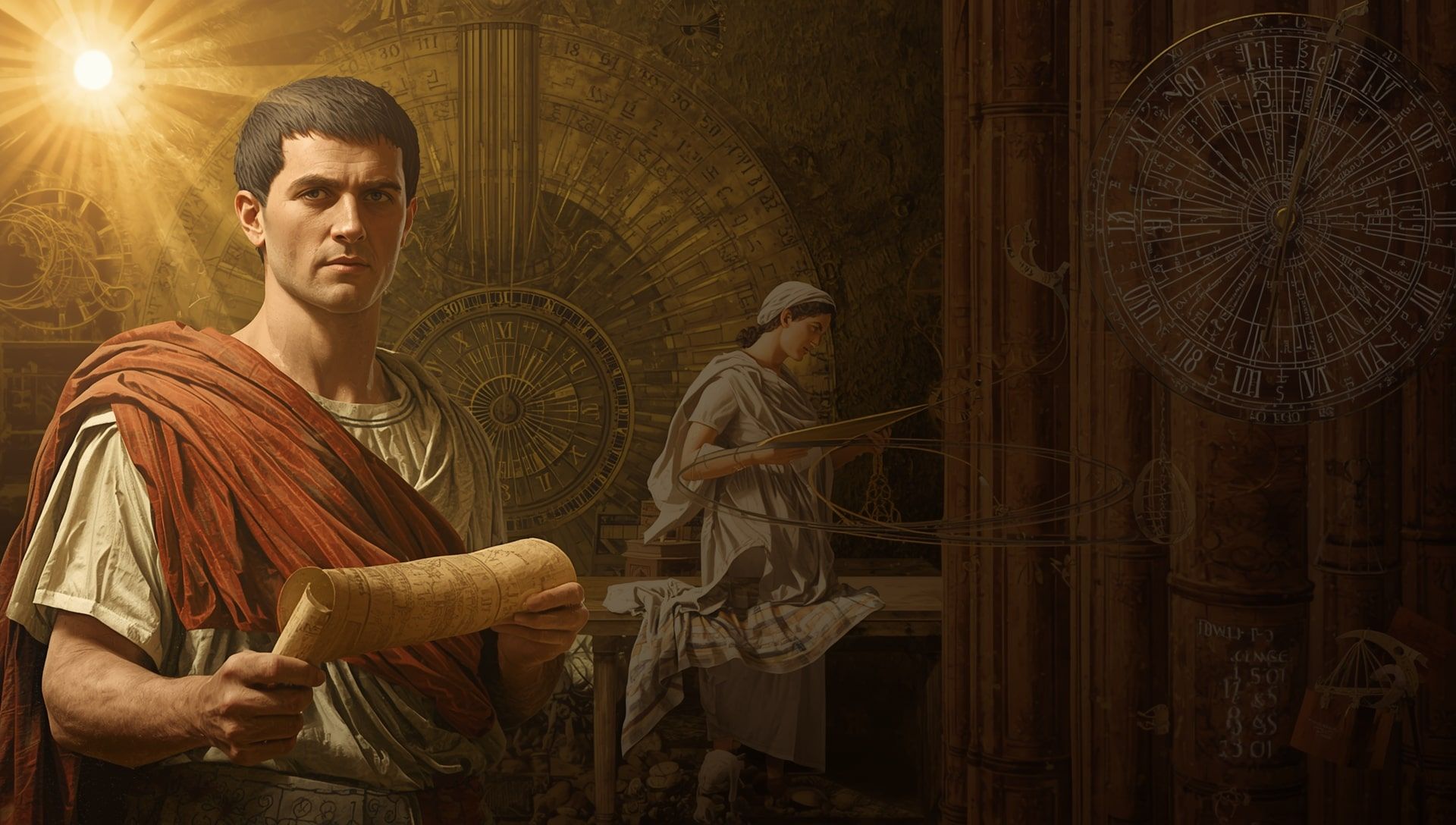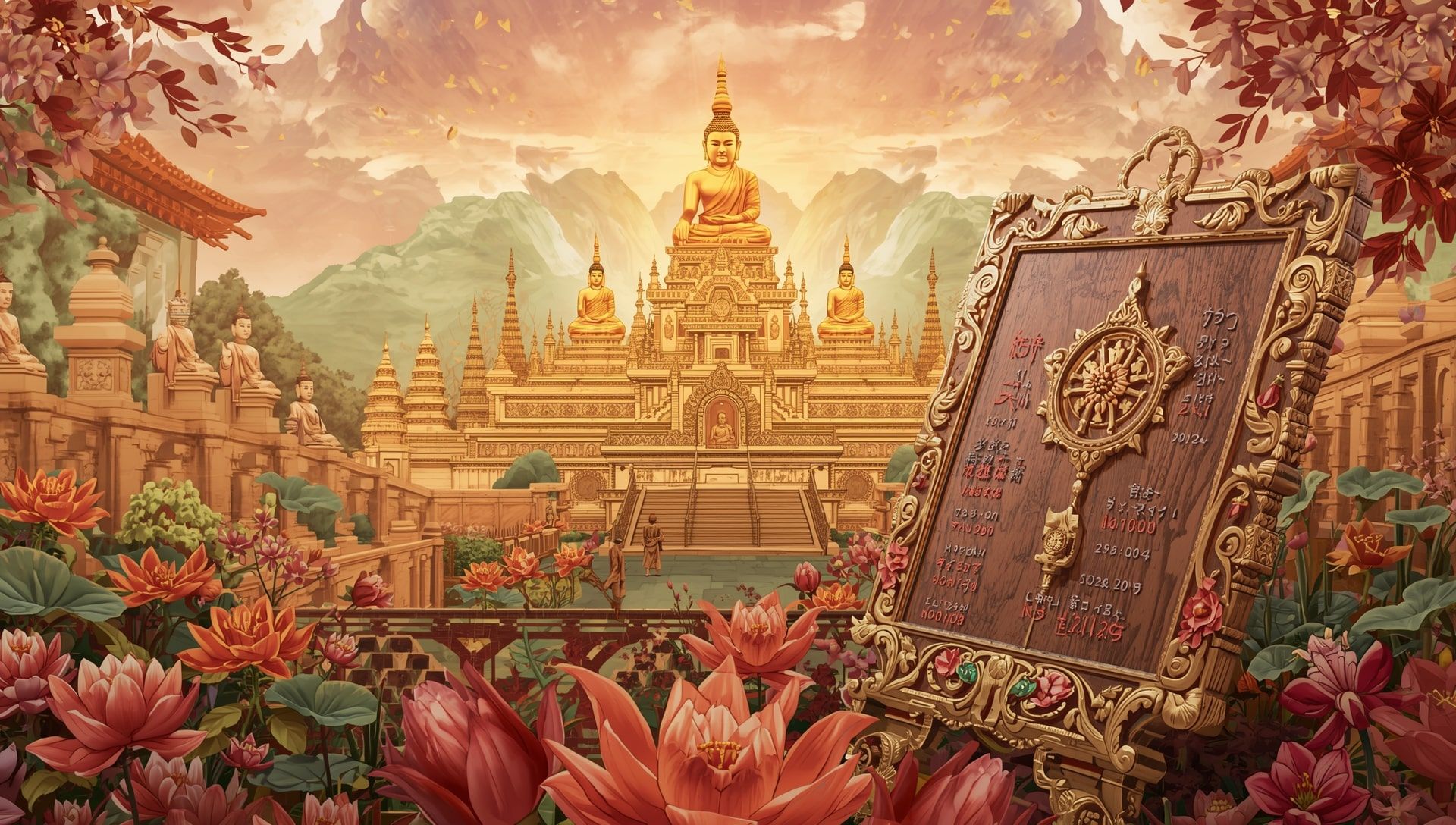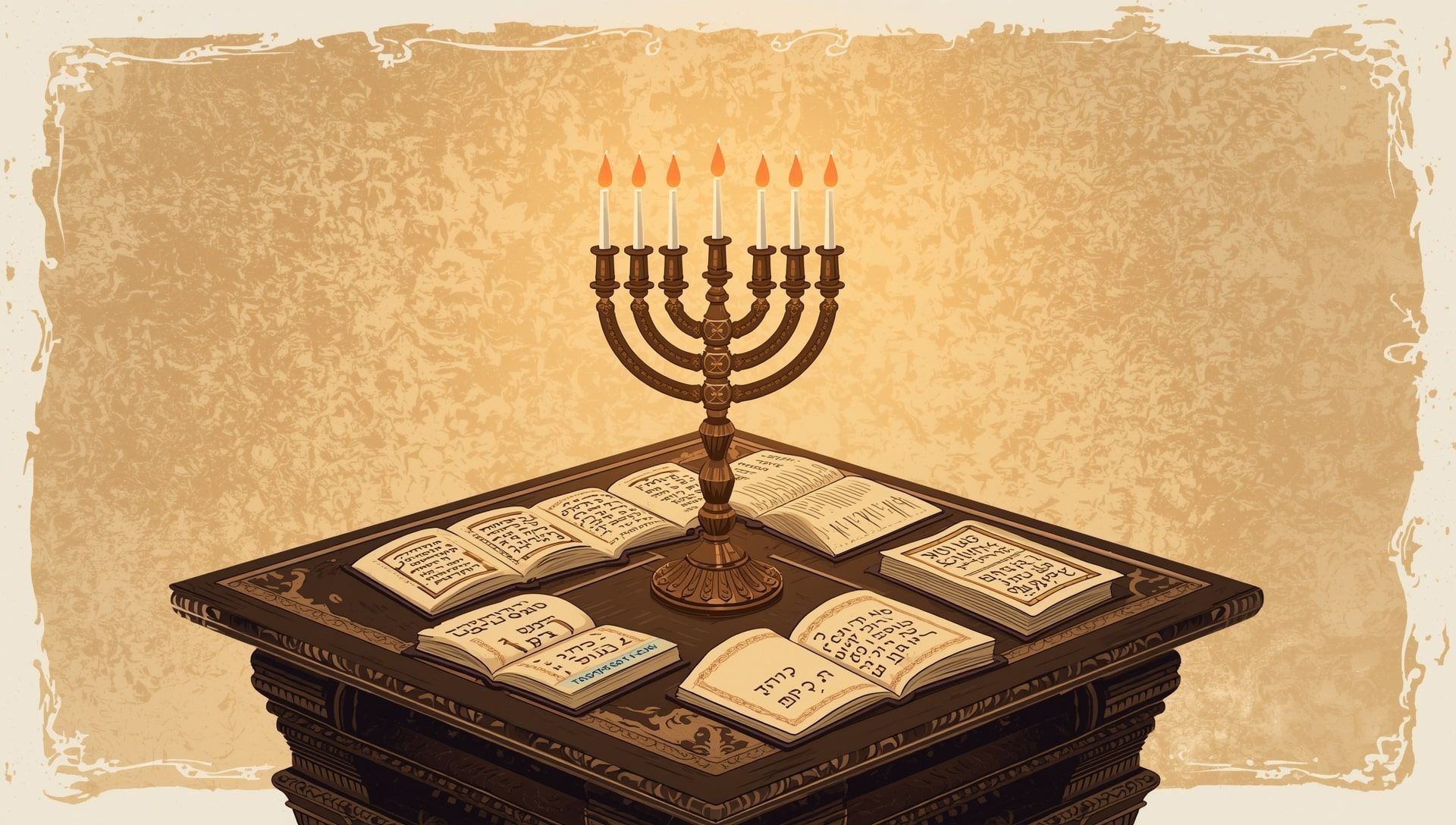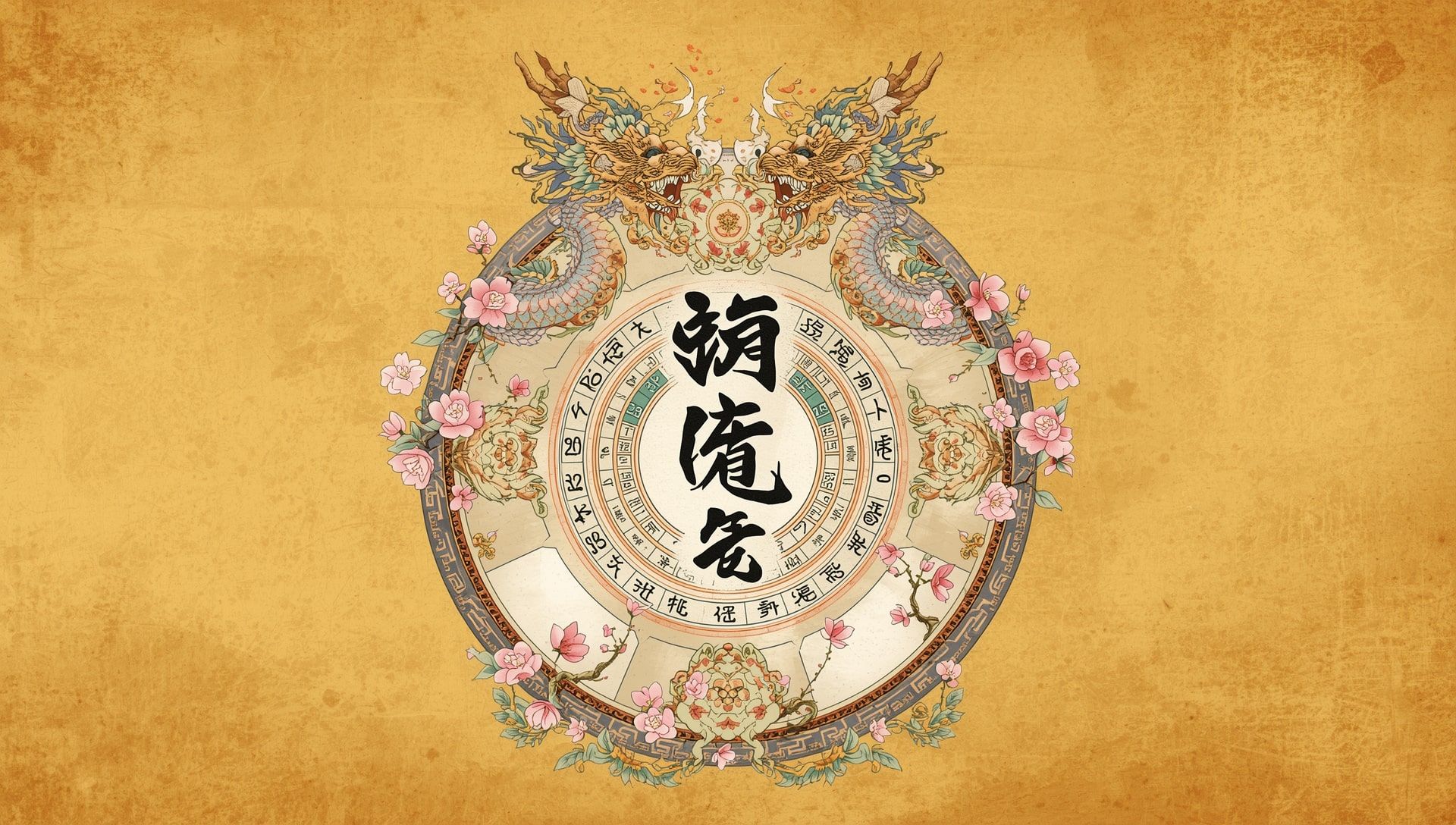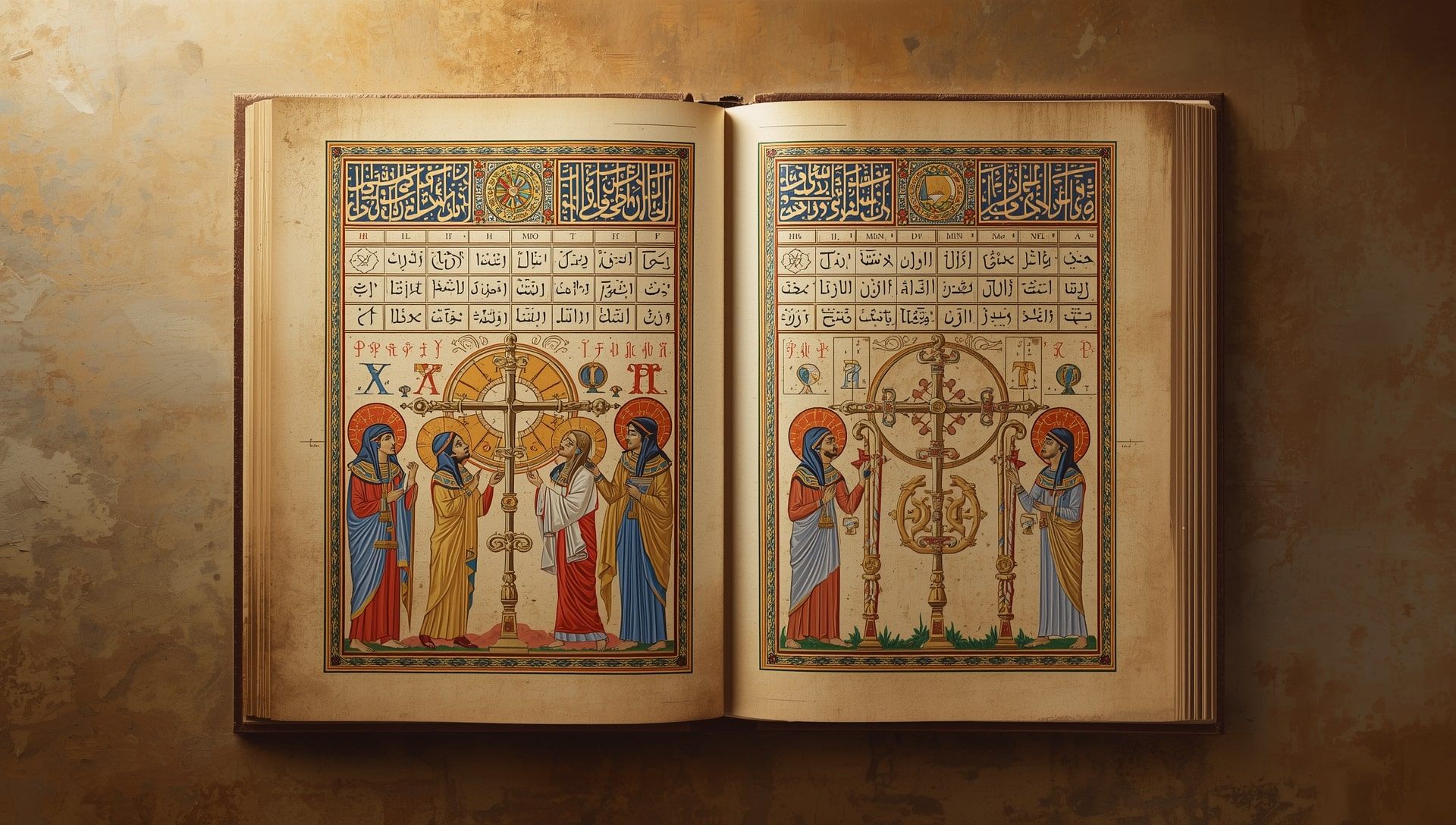Time shapes how humanity moves, remembers, and connects. For Muslims, time flows differently. The Islamic calendar, known as the Hijri calendar, doesn’t just mark dates, it guides faith, fasting, and festivals. It is rooted in observation, not calculation, and relies on the Moon’s natural rhythm. While the modern world ticks to the beat of atomic precision, this lunar system reminds us that spirituality still has its own clock.
| Feature | Islamic Calendar | Gregorian Calendar |
|---|---|---|
| Basis | Moon phases | Solar year |
| Months | 12 lunar months | 12 solar months |
| Days per Year | 354 or 355 | 365 or 366 |
| Start of Month | Sighting of new crescent moon | Fixed date |
| Used For | Religious rituals, fasting, pilgrimage | Civil, economic, global use |
Origins of the Hijri Calendar
The Islamic calendar began in 622 CE, the year of the Prophet Muhammad’s migration from Mecca to Medina, an event known as the Hijra. This wasn’t simply a relocation but a shift in purpose and identity for the early Muslim community. The calendar was later standardized during the reign of Caliph Umar ibn al-Khattab, who declared that all future Islamic years would begin from the Hijra event. This act turned time itself into a reflection of faith and history, much like how other cultures established distinct chronological systems such as those seen in the Jewish calendar.
The Rhythm of Lunar Time
The Islamic calendar follows the Moon, not the Sun. Each month begins with the first visible crescent moon, known as the hilal. This method ties the calendar to the physical sky, meaning months can differ across regions depending on weather or visibility conditions. The average lunar month is 29.53 days long, creating a year of 354 or 355 days.
This shorter cycle means Islamic months shift through the solar seasons. Ramadan, for example, may occur in winter one decade and in summer decades later. It’s a reminder that faith transcends climate and geography, uniting Muslims through time rather than season, similar to how celestial cycles shape ancient systems like the Chinese calendar.
The Structure of the Islamic Months
The Islamic year has twelve months, each carrying deep cultural and spiritual meaning:
- Muharram - The first month, sacred and often marked by fasting and remembrance.
- Safar - Traditionally viewed as a time of reflection.
- Rabi al-Awwal - The birth month of the Prophet Muhammad.
- Rabi al-Thani - Continuation of the spring season in the lunar sense.
- Jumada al-Awwal - A month tied to perseverance and endurance.
- Jumada al-Thani - The twin of Jumada al-Awwal, completing its cycle.
- Rajab - A sacred month of spiritual preparation.
- Sha’ban - A prelude to Ramadan, used for voluntary fasting.
- Ramadan - The month of fasting, prayer, and reflection.
- Shawwal - Begins with Eid al-Fitr, celebrating the end of fasting.
- Dhu al-Qa’dah - A month of rest and peace before pilgrimage.
- Dhu al-Hijjah - The month of Hajj, pilgrimage, and Eid al-Adha.
-
🟢 Hijri year 1 corresponds to 622 CE.
🟢 Each month alternates between 29 and 30 days.
🟢 Ramadan fasting depends on actual moon sighting, not prediction.
🟢 Pilgrimage (Hajj) always occurs in Dhu al-Hijjah.
Why It Differs from the Gregorian Calendar
The Gregorian calendar, used globally, aligns with Earth’s orbit around the Sun. The Islamic calendar, in contrast, observes the Moon’s cycle. This difference results in unique timekeeping challenges. A lunar year lacks the leap year correction of solar calendars. Instead, Islamic scholars use a 30-year cycle containing 11 leap years to keep the months aligned with lunar observation, much like the concept of leap adjustments discussed in why leap years happen.
Here’s how their differences shape experience:
- 🕋 Flexibility: The Islamic calendar naturally moves through all seasons, ensuring that rituals aren’t fixed to a particular time of year.
- 🌙 Faith Connection: Each new month requires human observation of the sky, blending science and spirituality.
- 📜 Community Debate: Visibility differences sometimes lead to varying start dates for Ramadan or Eid between regions.
Mathematics Behind the Calendar
The Hijri calendar’s logic blends simplicity with precision. It operates on a repeating 30-year cycle that contains 19 years of 354 days and 11 leap years of 355 days. This structure keeps the average year close to the actual lunar period while preventing drift across decades, similar in precision to the Julian calendar before its reform.
In technical terms, the average Hijri year equals 354.367 days. The added leap days come from lengthening the final month, Dhu al-Hijjah, from 29 to 30 days in designated leap years.
Faith and Time: The Heart of the System
Time in Islam isn’t only measured but lived. The lunar months connect believers to creation itself. The first crescent is often greeted with joy, prayers, and communal gathering. There’s humility in accepting that clouds or weather can delay the sighting, teaching patience and unity, much like those observing the Buddhist calendar align their festivals with natural cycles.
Each month’s beginning invites reflection. Ramadan begins only when the new moon is confirmed, marking the start of fasting. Eid follows the same ritual, anchoring celebration in observation. This process ties worship to the cycles of nature.
Practical Uses and Modern Adjustments
While the Islamic calendar remains sacred, modern life demands predictability. Many countries now use astronomical calculations to predict moon sightings in advance. This doesn’t replace observation but aids in organizing national holidays, especially for large populations spread across different time zones.
Today, digital apps track Hijri dates alongside Gregorian ones, showing both systems on a single screen. Yet, the spirit of the Hijri calendar remains grounded in human connection and the night sky.
Symbols of Time in Islam
- 🕊️ Crescent Moon: Represents beginnings, rebirth, and divine timing.
- 🕋 Hajj: A ritual that aligns millions on the same date through lunar calculation.
- 🕌 Ramadan: A month when fasting is synchronized worldwide based on the new moon.
Seeing Time Through Faithful Eyes
The Islamic calendar is not just about counting days. It measures devotion, gratitude, and community. Its lunar rhythm reminds believers to look up, not just ahead. Unlike digital clocks that erase mystery, the Hijri calendar preserves the wonder of time as something alive and divine.
In a fast world, it offers stillness. Every crescent moon calls for renewal. Each year cycles through sacred moments that bind the global Muslim community to one celestial rhythm. Time, in this sense, is more than numbers, it is remembrance.
